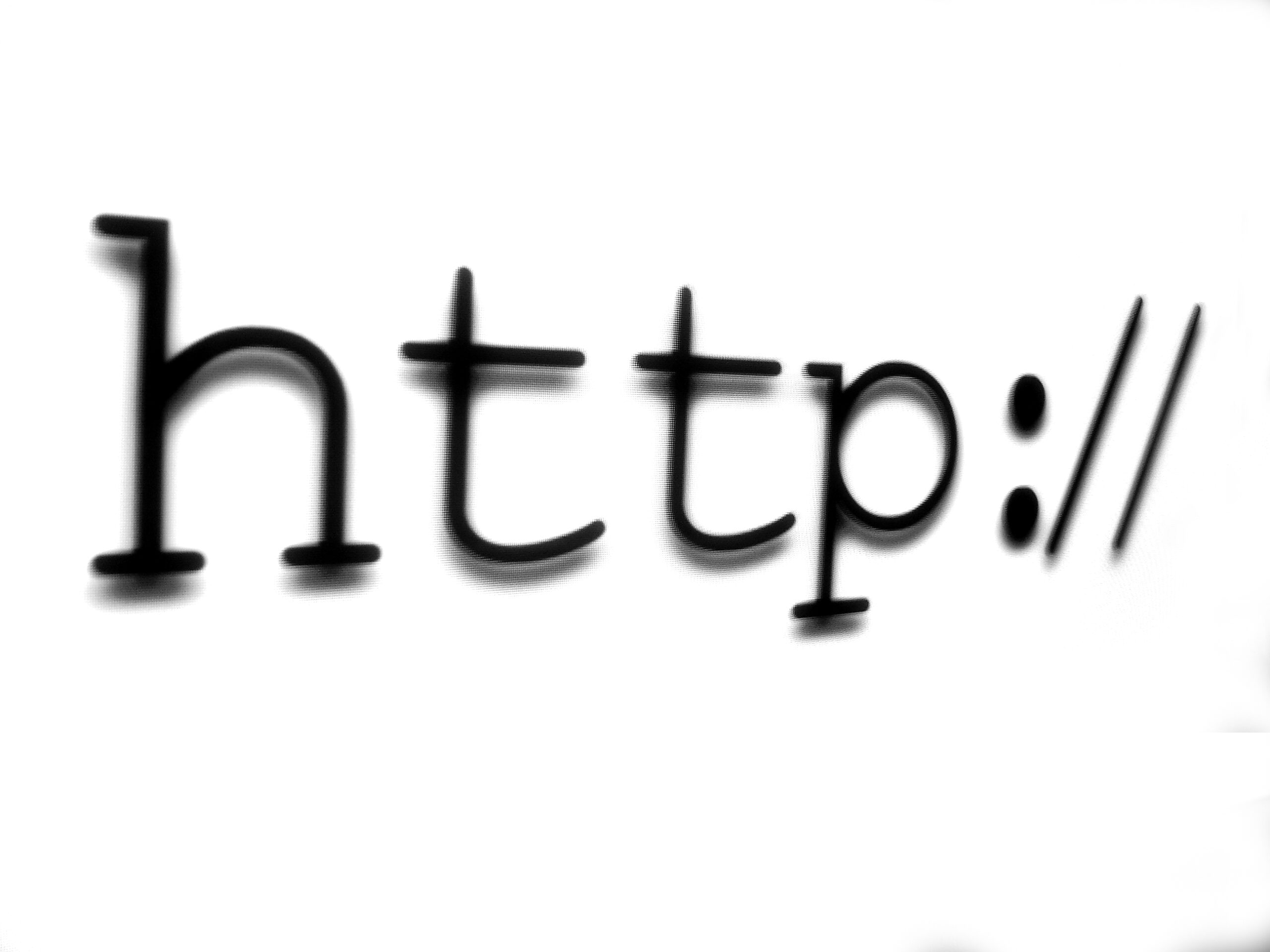In case you wonder why I started this blog at a time when YouTube has become so popular: I seldom have patience to sit through most YouTube videos . It is often because I do not have time. In addition, except for film or music videos that I truly enjoy, most videos drain my energies because: (1) they are filled with unimportant and non-essential information, such as ads, unfunny jokes, and subscription requests; (2) YouTubers do not deliver their messages in the most effective and pleasant manner. Some stutter a lot. Many speak smoothly but keep repeating the same points. Hence, many videos are full of redundant materials that often bore the hell out of the audience. Others are not only dull: they are downright irritating or even offensive. Admittedly, I also found some accents very unappealing to my ears to the extent that they gave me headaches (this is not racism at all: I could not help feeling that way.)
For some time during and after 2019, was hooked onto some YouTube channels that discuss current affairs in relation to my birth city. Soon I lost patience, as most, if not all, of the YouTubers have perhaps one or two meaningful things to say in a 20-minute video. Some are so atrocious both in terms of content and delivery. As they speak my mother tongue, my aversion to their videos is not due to my dislike of certain accents. (One example of the latter is a Hong Kong “KOL” fugitive who lives in Germany–I do not give him “sympathy points” because he cannot speak his mother tongue clearly, his contents are filled with exaggerations and inaccuracies, and his headlines are always sensational: his subscribers must have super high tolerance levels.)
I prefer reading blogs to watching videos. Some bloggers write really well. I also skim through blogs that are not well-written to find what I want or obtain the gist of the arguments. Plus, the “search” box is also a very handy tool. Hence, readers who do not like my writing style can always skim through my posts for something of value to them or search for keywords instead.
Many YouTube videos admittedly contain useful information. I do have to get on YouTube occasionally to obtain bits and pieces of information I need for teaching and research, and I want to do that in the most efficient way. I managed to navigate the YouTube efficiently using the following strategies:
1. Speed up the video by 1.5 or 2 times. In this case, you still have to get through the video. For very slow videos this method would make enduring the whole thing far more tolerable.
2. Many visitors likely share my feelings. They summarize the video contents in the comment sections. Browsing the comment section of the video for summaries and other interesting remarks is often quite productive. YouTubers seldom do summaries, likely because they want you to sit through their entire videos, no matter how empty most parts are. Perhaps some of them feel disrespected by the summaries, but sane ones do not delete them. In fact, I use this method for most videos relating to health and medicine. Even though many of the physicians deliver their information and opinions reasonably well, sitting through multiple videos is extremely draining.
3. Fortunately, there are now multiple online tools available for summarizing long YouTube videos. Some are free; most are affordable. One example is Summarize.Tech, which is AI-powered and effectively divides long videos into portions with succinct summaries. Notta summarizes and transcribes long videos and audios in minutes. Busy people short of time can then skim through the texts for essential information. If you prefer, I can dedicate a longer blog post to comparing the efficacies of various software programs.
I foresee that some might challenge me by asking how I would feel if my students adopt the same strategies in reviewing my lectures. I am open-minded enough not to care. However, this would not likely happen for three reasons. First, I do not normally tape my lectures, let alone put them online. (Taping lectures without prior approvals by the teachers is also illegal in Germany). Second, I have always ensured that (almost) every word or phrase counts in my lectures. In other words, there is very little redundant information and those who go for shortcuts would not learn what they need to learn thoroughly. Third, when I do repeat certain materials, it is with the aim of helping students learn those materials, be they theories or methods of solving problems, and hopefully become better thinkers and problem-solvers.
Most YouTube videos, on the contrary, are not lectures on which follow-up exams or assignments are based, although many do contain certain useful facts that are often not presented concisely by Youtubers. They do not offer special value to visitors by repeating the same information multiple times, meaning nothing would be lost by skipping the repeated parts. This is precisely why the above software programs are incredibly useful.
Using the above software programs frees up more time for other endeavors. True, spare time does not necessarily translate into money. More spare time nonetheless means more rest and opportunities to appreciate and enjoy life. I must emphasize that the above strategies are useful for navigating dull but informational videos that carry some substance. As for boring and empty videos … they serve little function other than driving you into a slumber on a sleepless night:0)

